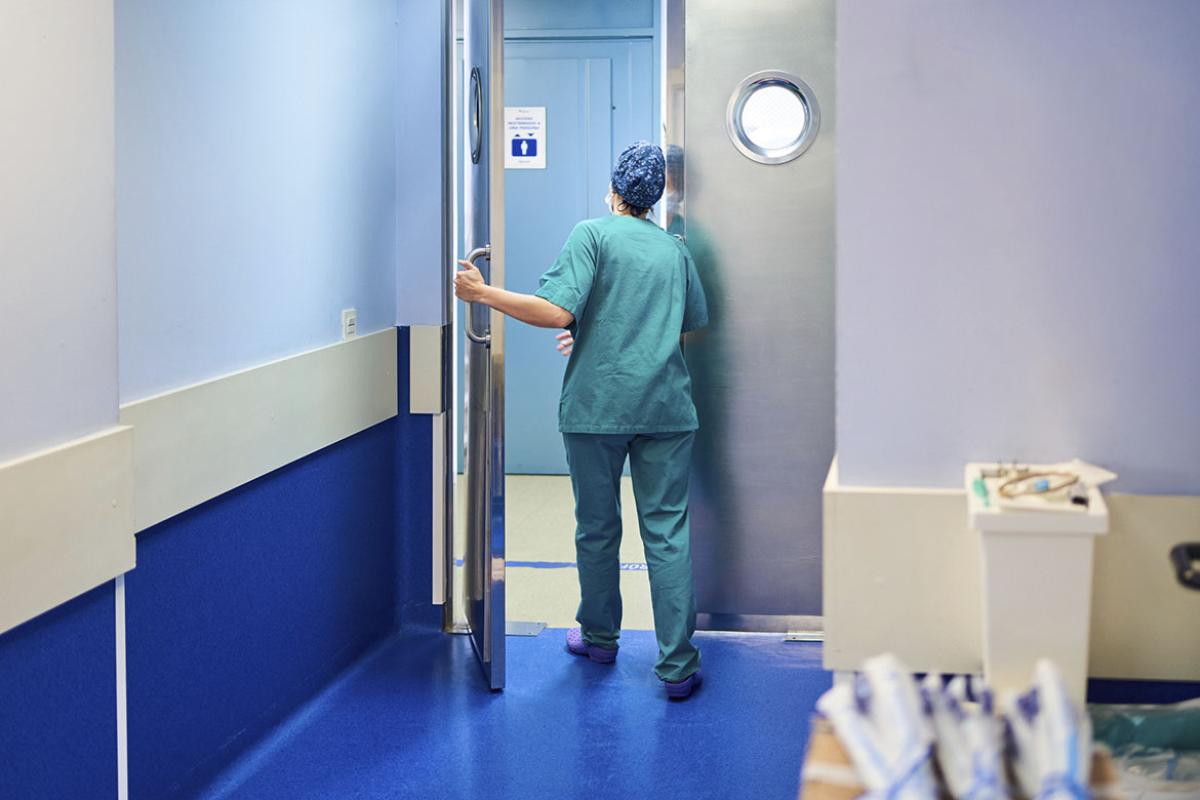After originally recommending students be removed from direct patient care activities through the end of March, the Association of American Medical Colleges has extended that recommendation through, at least, April 14. Because of that, almost of all aspects of medical school we’ll be done in the digital space. That includes clinical clerkships.
What do medical students need to do to maximize their learning? A medical school dean and online learning expert offered their thoughts.
Accept your new reality
The fact that training is moving online is likely a disappointment for most medical students. In particular, that may be the case for students in the middle of the core clinical clerkships, the time during which students are given their most significant exposure to patients.
Senthil Rajasekaran, MD, is senior associate dean for undergraduate medical education at Wayne State University School of Medicine. Students at his school are currently on their last clinical clerkship rotation, and they are being asked to complete it online by doing case studies and observing lectures.
“The first thing I would advise students is accept this new reality,” Dr. Rajasekaran said. “There is no alternative. It’s been forced upon them. It’s nobody’s doing that we are here and every medical school in the country is dealing with disruption to their educational structure. The shortage of PPE is among the key factors for their non-engagement in the clinical environment and student safety is at the forefront of every school’s mind.”
Dr. Rajasekaran added that both faculty members and students are going to have to make adjustments, and instructors are striving to create the best experience possible to keep students on track for progression.
Don’t stall
Most medical schools have some sort of online component to their learning, and to those familiar with digital learning, the idea of setting a schedule and sticking to it is likely a familiar one.
Currently university dean for educational initiatives and CEO of EdPlus, Arizona State University’s central enterprise unit for digital teaching and learning, Philip Regier has nearly two decades of experience in online learning.
“Our students tell us that without a doubt the most important single trait is time management,” Regier said. “Unlike traditional campus-based classes where the meeting is set in stone and students know what time to go to class and they can kind of organize their schedule around that, most online learning isn’t like that. The students have to manage their time and engage with the coursework and understand that they are responsible for identifying the time when they are going to be doing their academic work.”
Heed instruction
Your teachers are likely going to do things differently from what they have traditionally done. It’s on the student to seek and understand expectations. This is going to be particularly important for courses that typically have very few online components in them—such as clerkships and anatomy.
“Carefully listen to what the faculty [instructors] are saying,” Dr. Rajasekaran said. “They are in the heat of the situation and in their mind, what they say has a structured rhyme or reason to why they are saying it the way they are saying it. Some programs may require solving an online case and answer some clinical reasoning questions. Some might require reading a case or articles and write a guided reflection to be posted online. [Faculty members] are students’ best source of quality control in this environment.”
Engage with your peers and faculty
Whether it’s over video conference or through discussion forums, online learning presents unique opportunities to engage with both peers and instructors. These opportunities are helpful in offsetting the impact physical and social distancing can have on feeling isolated.
In terms of the material courses are covering, if you don’t understand something those online groups should be assets in helping you to learn it.
“A mistake students make online is not taking advantage of all the resources available to them,” Regier said. “Most of all reaching out the faculty. Engaging with the faculty member when you think there’s a problem is really important.”
The AMA has developed a COVID-19 resource center as well as a physician’s guide to COVID-19 to give doctors a comprehensive place to find the latest resources and updates from the Centers for Disease Control and Prevention and the World Health Organization. The AMA has curated a selection of resources to assist residents and medical students during the COVID-19 pandemic to help manage the shifting timelines, cancellations and adjustments to testing, rotations and other events.



